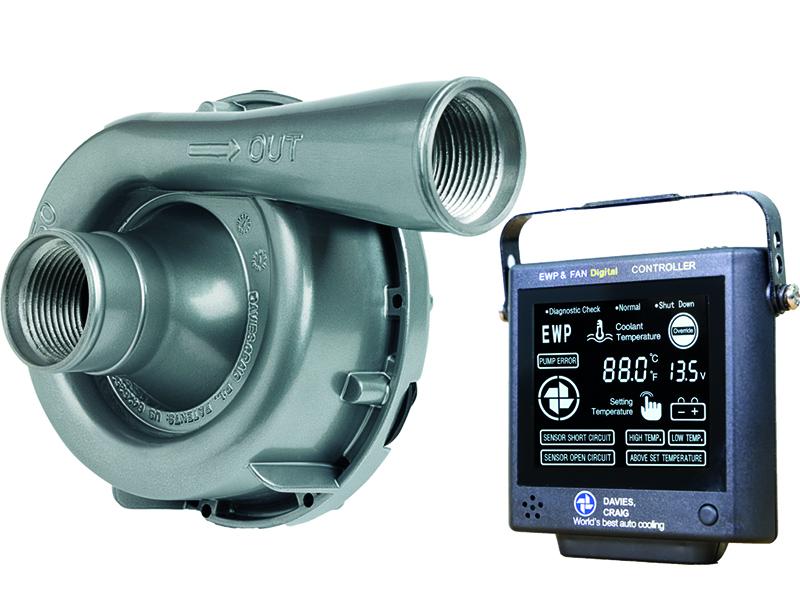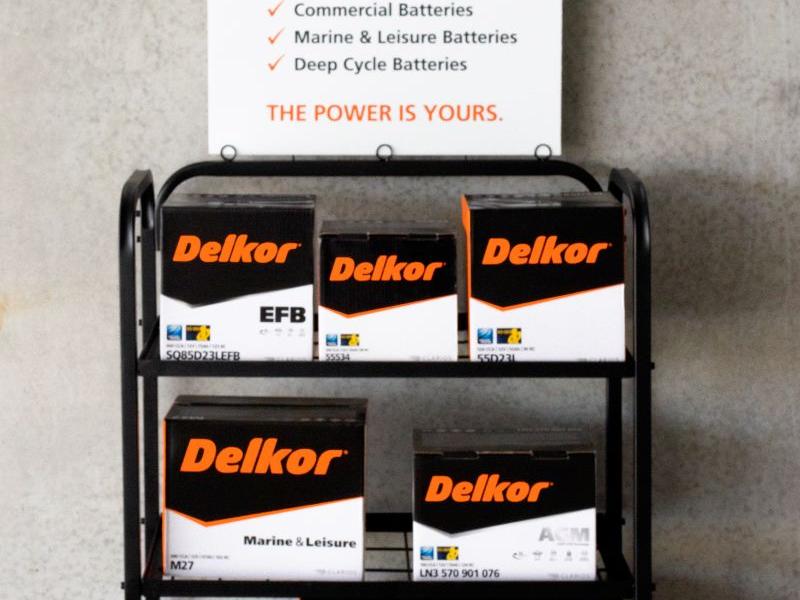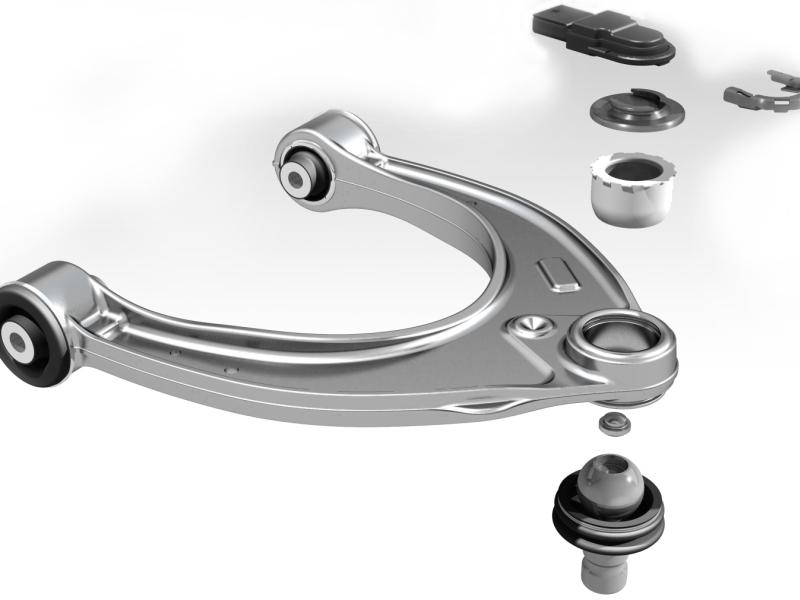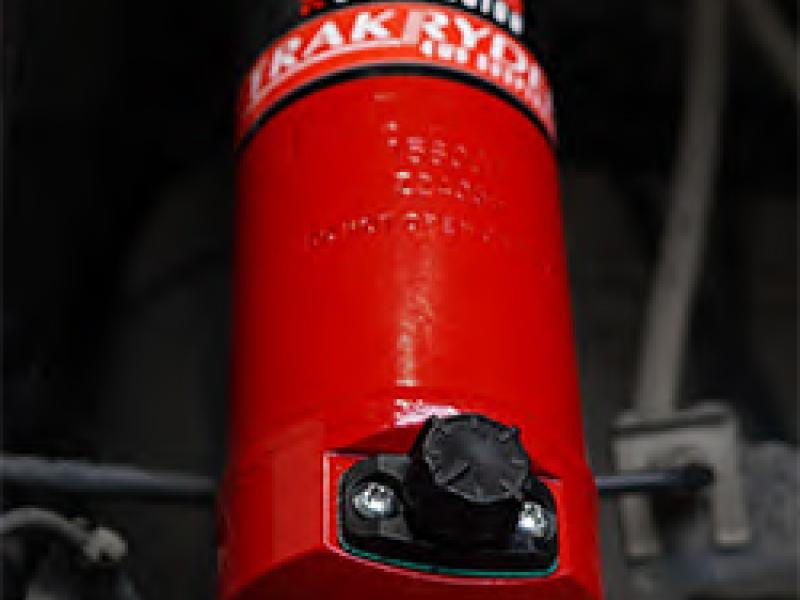One of the major functions of an internal combustion engine’s (ICE) cooling system is to ensure the engine performs at its optimum operating temperature. Thankfully, with the development of more modern engine designs, efficiencies in fuel consumption and emissions have been achieved. An engine operates best at temperatures predetermined and engineered by the manufacturer. When an engine operates below and/or above its set/targeted temperature, component life is reduced, emissions increase, and the engine becomes less efficient. Therefore, the vital task of the cooling system is to allow the engine to come up to operating temperature as quickly as possible, and then maintain a more consistent engine temperature. The engine’s cooling system is manufactured with four key components, radiator, water pump, thermostat, and fan. These components all operate in unison to bring an engine up to the operating/set temperature as quickly
as possible, and then maintain it. While many advances in the design, construction, and materials used in the modern internal combustion engine have made some engines more efficient, many still lack efficiencies with parasitic power loss driving an iron-age mechanical water pump and in some instances a mechanical, belt-driven and/or viscous clutch fan. Innovative Australian manufacturer Davies Craig designed, engineered, developed, then introduced the revolutionary Thermatic Electric Fan in 1972. Davies Craig Pty Ltd set their sights on improving and indeed transforming the process allowing engines to be kept at optimum operating temperatures. Following years of research and development Davies Craig released the revolutionary remote-mounted Electric Water Pump (EWP) to the automotive world in 1999. An EWP replaces the iron-age mechanical belt driven water pump, resulting in a more controlled flow of coolant while relieving the engine of the strain of the previous cooling system. Davies Craig’s EW80 remote-mounted model was an instant success offering a simple and universal remedy to a myriad of vehicle owners who were experiencing overheating issues with their engines. The EWP80 (80 litres/min.) was hastily followed by the EWP115 (115 litres/min.), produced in both Nylon and Alloy material, the Alloy EWP140 and the Alloy EWP150. With the advent of digital electronics, Davies Craig launched the LCD EWP/Fan Digital Controller which in essence is an electronic thermostat. The Davies Craig LCD EWP/Fan Digital Controller allows the coolant volume/capacity and the variable circulation rate of coolant through an engine, totally independent of engine revs, not achievable with a belt-driven mechanical water pump and mechanical thermostat, commensurate with corresponding engine temperature.
Engine management and cooling
Engine management and cooling
Parts
Wednesday, 27 November 2024






